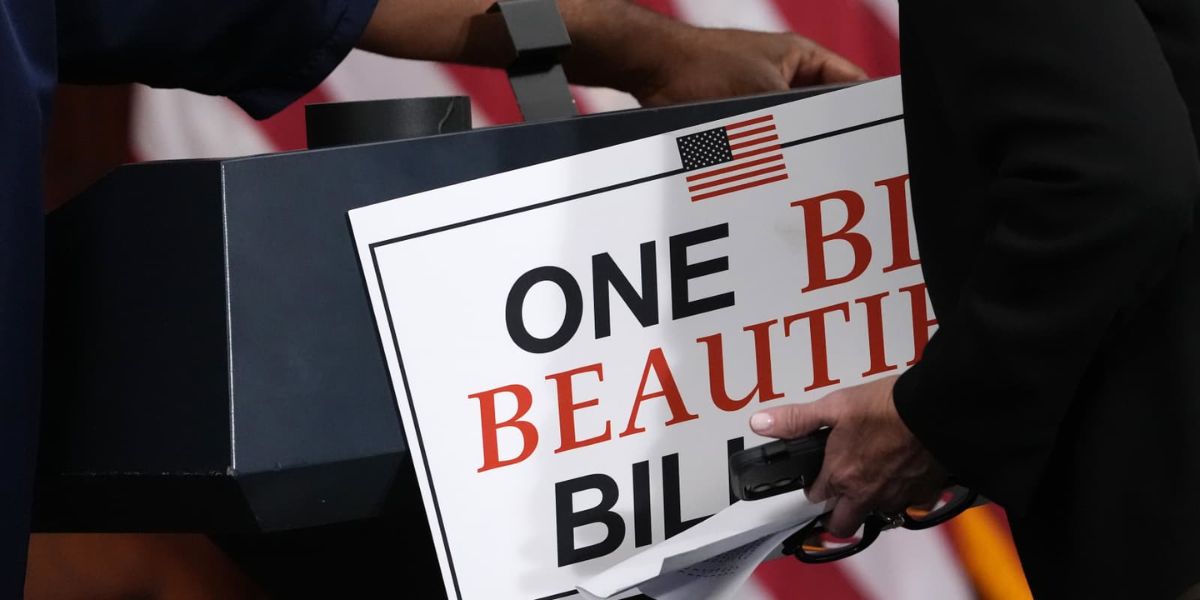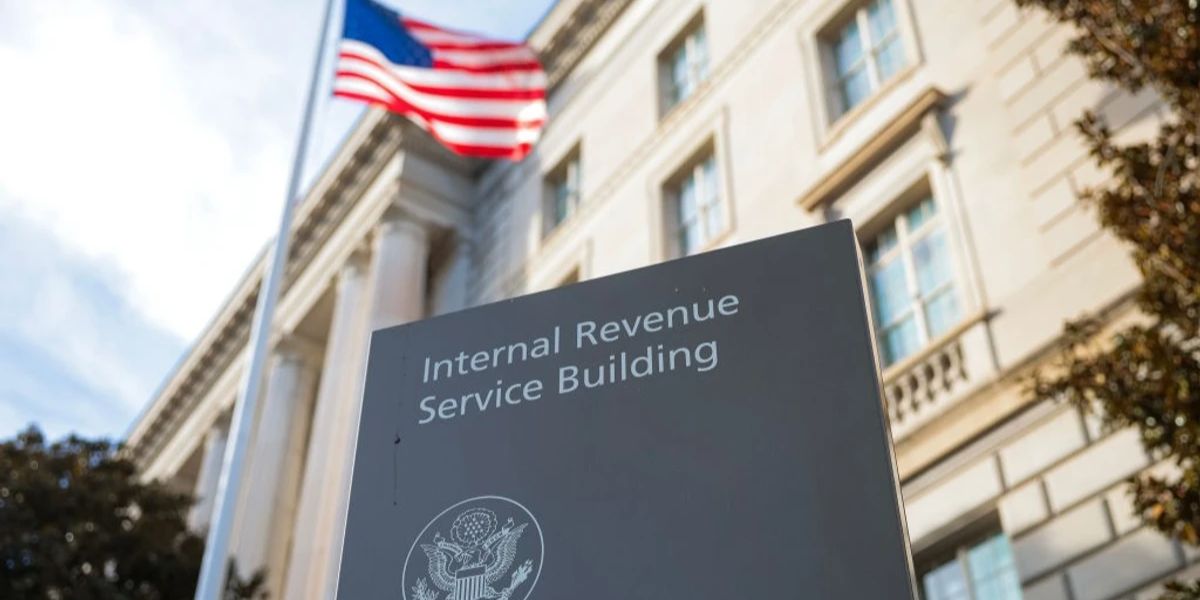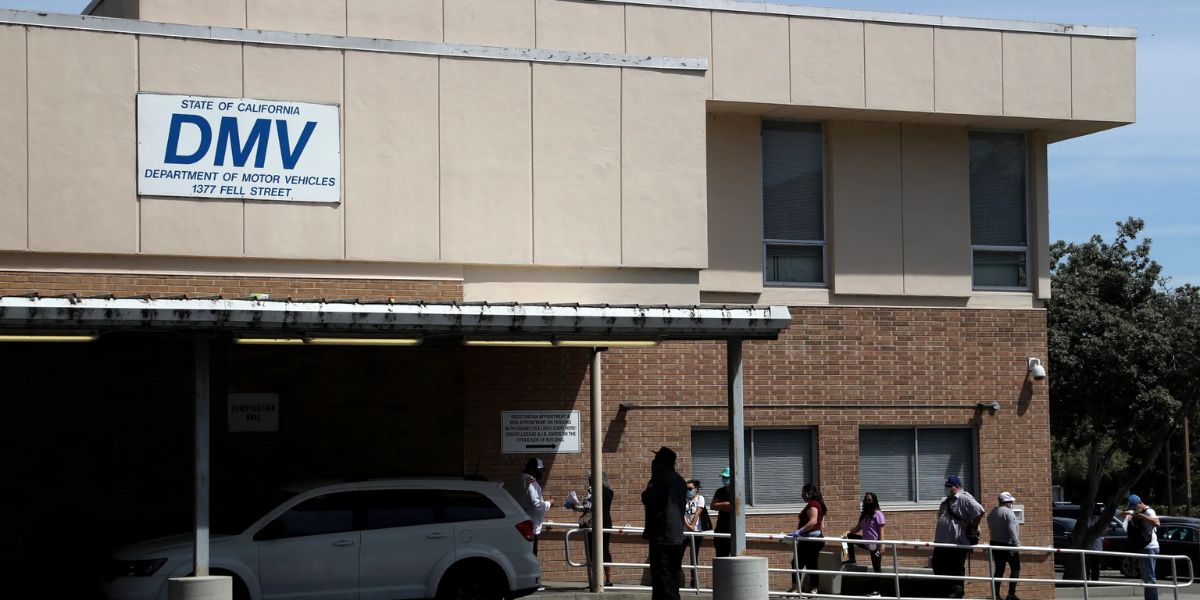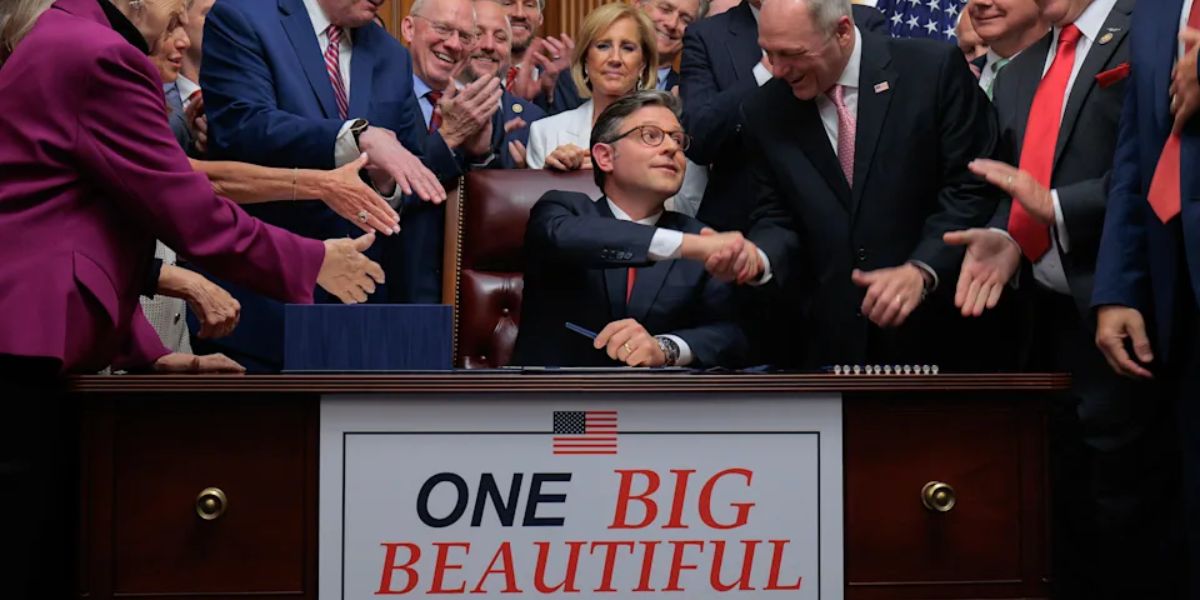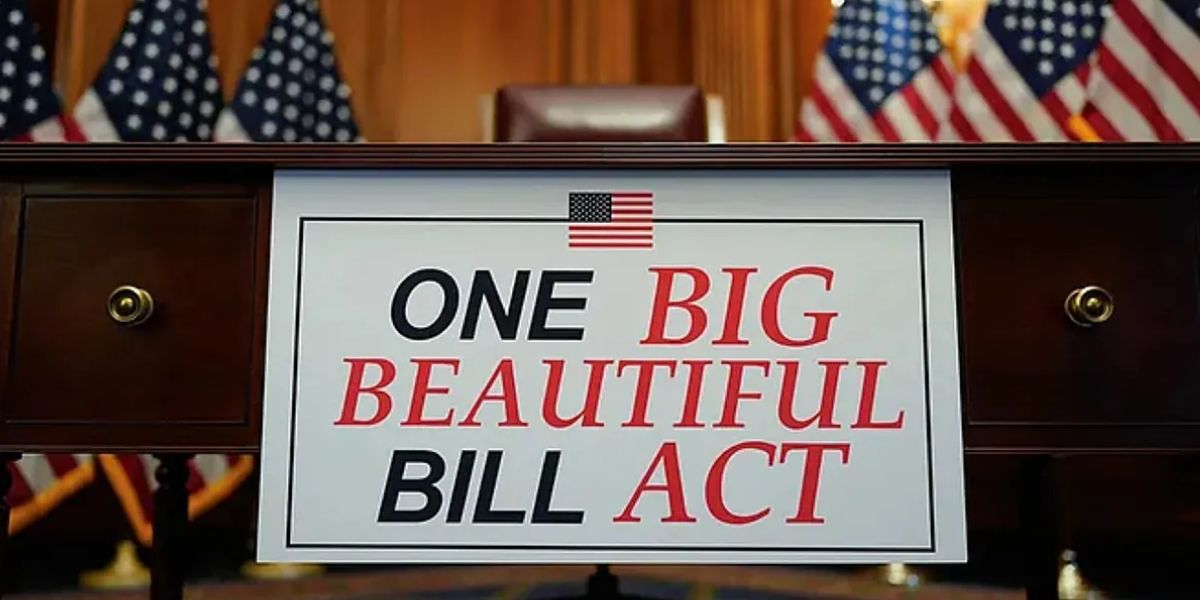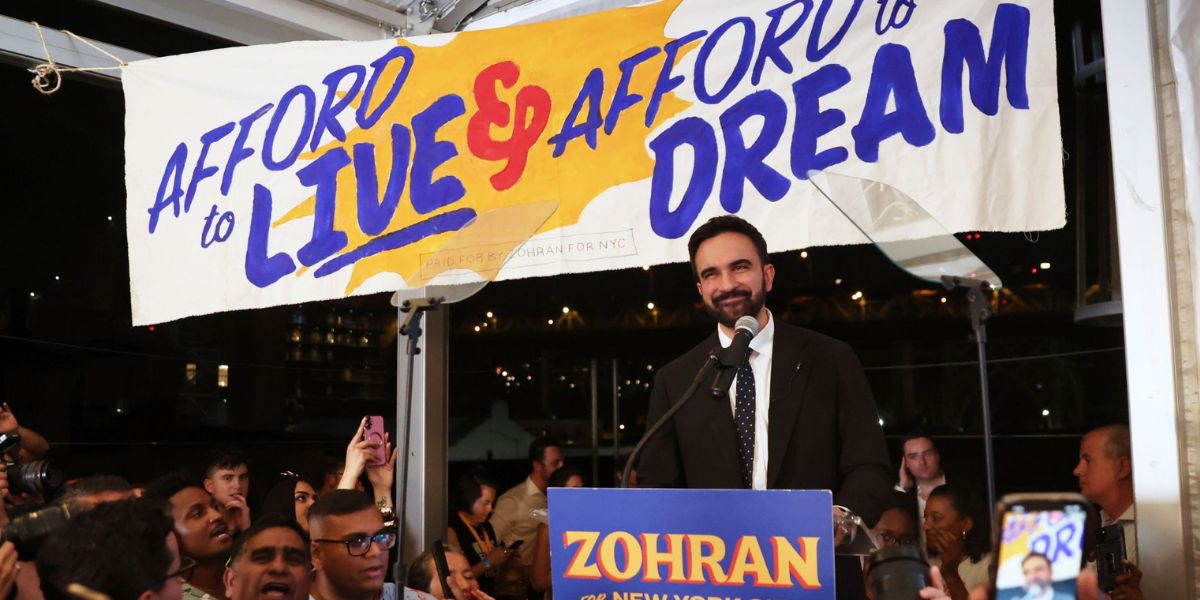Washington, D.C. – When the House narrowly passed the sweeping “Big Beautiful Bill” last Thursday, most headlines focused on its tax cuts and spending reforms.
But tucked deep in the more than 1,000 pages of legislation is a major overhaul to the federal student loan system—one that could change how millions of Americans pay for college.
President Donald Trump is expected to sign the bill into law on July 4, ushering in new policies that limit repayment options, cap graduate borrowing, and potentially raise monthly costs for many student loan borrowers.
Fewer Repayment Options, More Monthly Pressure
Starting in 2026, the federal government will eliminate the wide array of existing student loan repayment plans and replace them with just two options:
- A Fixed Standard Plan
- A new income-driven plan called the Repayment Assistance Plan (RAP)
Under RAP, borrowers will pay between 1% and 10% of their discretionary income, depending on earnings.
While 1% may sound generous, advocates warn that many borrowers could end up paying more than they would have under the now-paused SAVE plan, which capped some payments at 5%.
Borrowers currently enrolled in existing plans like SAVE, PAYE, or ICR can stay on them—for now. But by July 2028, anyone not already enrolled must switch to one of the two new plans or be automatically placed into RAP.
End of Grad PLUS Loans and New Caps
The bill also terminates the Grad PLUS loan program, which has long been a federal lifeline for graduate and professional students.
In its place, new borrowing limits will take effect:
- Stafford loans: Max $20,500 per year
- Lifetime cap: $100,000
- For medical, law, and other professional degrees: Max $200,000 total
Critics say these caps could drive students toward private lenders, which often lack federal protections like income-based repayment or loan forgiveness.
Others worry it could deter students from entering high-need fields such as teaching, social work, or rural healthcare—areas already facing major shortages.
Read Also: ‘Big Beautiful Bill’ Targets Tax Cuts for Seniors Receiving Social Security
Advocates & Critics Weigh In
Policy groups like TICAS and The Century Foundation argue that limiting federal loans and repayment options doesn’t address the root issue: skyrocketing tuition. Instead, they say, it shifts the burden to students and families.
Supporters of the bill, including key GOP leaders, insist the changes will control runaway federal lending and encourage universities to curb tuition increases.
But for millions of borrowers? The impact will be personal—and immediate.
What Does This Mean for You?
Are you a current student? A parent with loans? A grad student hoping to finish your degree? We want to hear your story. Do you think these student loan changes will help or hurt? Will they change your college or career plans?
Drop your thoughts in the comments below at ridgecrestpact.org and join the conversation

